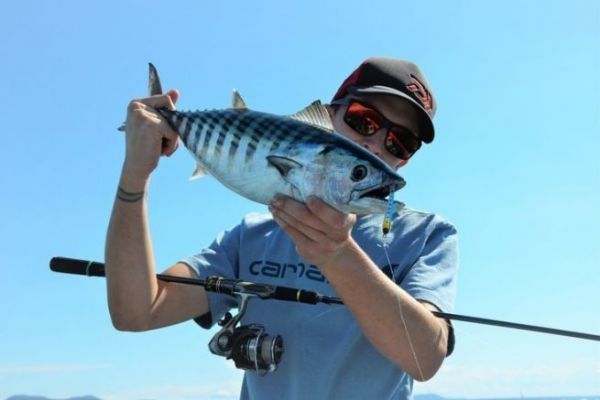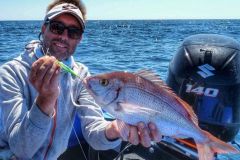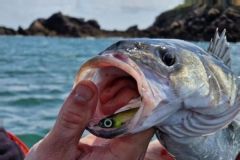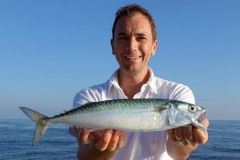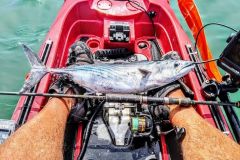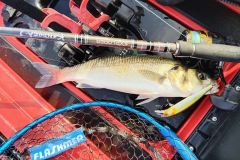Triple hook
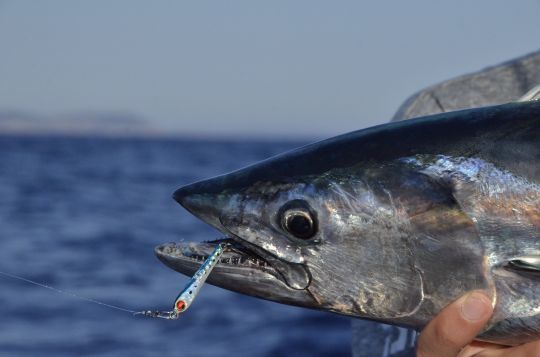
A single treble hook in the tail is the most common armament on jig castings on the market. However, the original hooks found on these lures are rarely strong. As a precaution, if you wish to use them, change the hook for a stronger iron one.
When used on the hunt, it may also be worth using a larger treble than recommended by the manufacturer to avoid the unpleasant surprise of a broken or bent hook during a fight. On the other hand, a treble hook tends to interfere with the casting jig's natural swimming action, making it less mobile. While this is rarely a problem for pelagic fish, it can be a real handicap when targeting more cunning fish, such as wolffish or bass.
Single hook
The single hook, set in the tail like a treble, is rarely used, but is starting to become popular. It has the major advantage of being less likely to twist or break during powerful fights. It is very effective for tuna fishing, as it also causes less damage to the fish, enabling it to be released in better conditions.
However, when fishing singles for fine fishing, the number of stalls is much more frequent. The rods (usually 7 - 28 grams) used for small pelagic fish are rarely powerful enough to set the hook properly in the hard jaws of these fish, which rely on the jig to break away from the hook. It is also very common to miss fish when the hook goes out of alignment during animations or pauses.
Assists hook
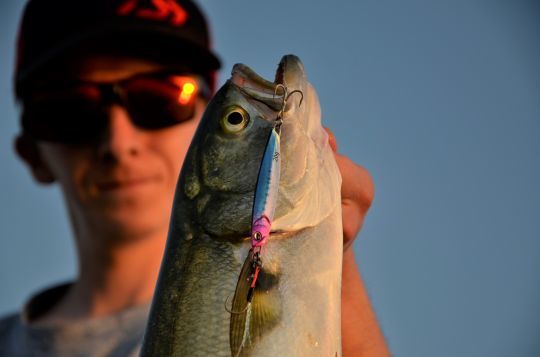
Assist hooks are a good compromise between treble hooks and single hooks. An assist hook allows you to release a fish without injuring it, while leaving the casting jig as free as possible so that it can swim naturally. A single or double assist hook can be placed at the head or tail of the jig, depending on conditions. The braid connecting the hook to a broken ring also greatly reduces the risk of unhooking a fish thanks to its flexibility.
Be careful, however, not to damage the hook after a catch, especially if the fish is a pelamid or a sharp-toothed tassergal. Assist hooks also feature small feathers attached to the shank of the hook, increasing the visual appeal of the hook and sometimes making all the difference.

 /
/ 